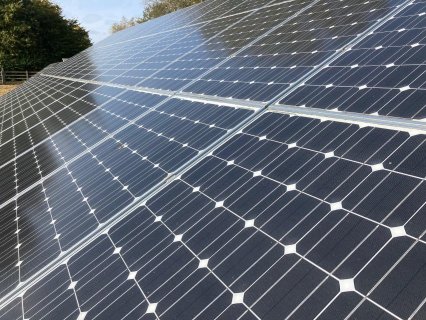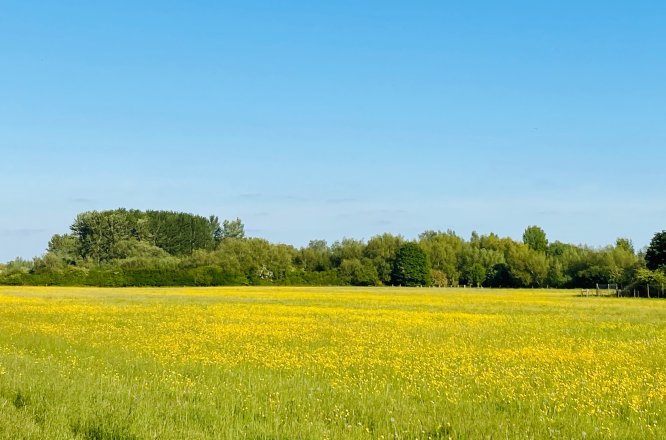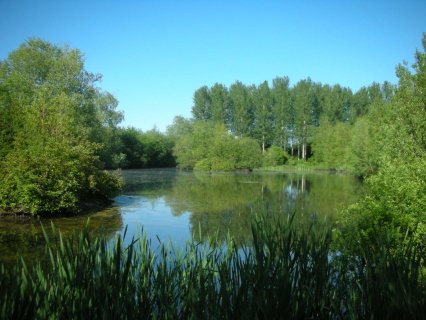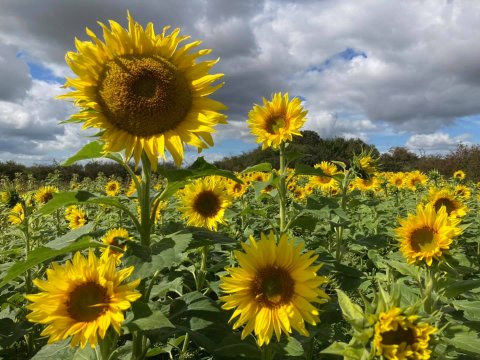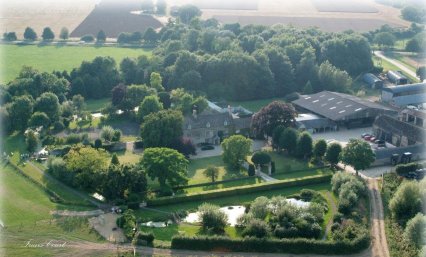
The Farm
Friars Court is a working farm comprising of 630 acres. Of these, 440 acres are arable, while 130 acres are grassland used to produce low-input hay and silage. The remaining land consists of woodland where trees are grown for wildlife habitats and timber. In the 1990s the farm was an experimental site for growing willow as a biofuel crop. The farm also practices alternative forms of agroforestry, including a 3-acre riverside wood planted with cricket bat willow trees, which is also used as a seasonal caravan site.
The arable land is contract farmed by a neighbour who has the machinery needed to efficiently cultivate and harvest the fields. The typical crops grown include wheat, barley, and oilseed rape. A wide range of conservation practices are implemented across the farm and these include:
- 40 acres of water meadows.
- 25 acres of restored wetland meadows with shallow scrapes, managed specifically as a breeding site for lapwings and curlew. In 2023, curlews were first recorded to have built a nest and successfully raised a clutch of chicks on the farm.
- An 11-acre wildflower meadow.
- 6-meter grass headlands surround most of the arable fields, creating natural corridors for wildlife and attracting a wide variety of plants, birds, insects, and animals.
The farm also boasts a 5-acre wetland habitat that incorporates a small lake. This area attracts various waterfowl including ducks, geese, and pairs of nesting swans, and there have been otter sightings as well.
The farm generates its own electricity, nearly 45 kW, using three banks of photovoltaic solar panels. Just beyond the gardens and Moat Ponds are two ground-mounted arrays. The smaller 4.5 kW system was installed in 2004, while a 9.8 kW system was added in 2011. A much larger third array was installed in 2015 on the roof of the large cowshed and can generate up to 30 kW. This has enabled the farm to be largely self-sufficient for its daytime electricity needs, with surplus energy being sold to the national grid. In July 2023, two batteries with a storage capacity of 27 kW were installed, allowing the farm to go virtually off-grid for the majority of the nighttime in addition to the day.

